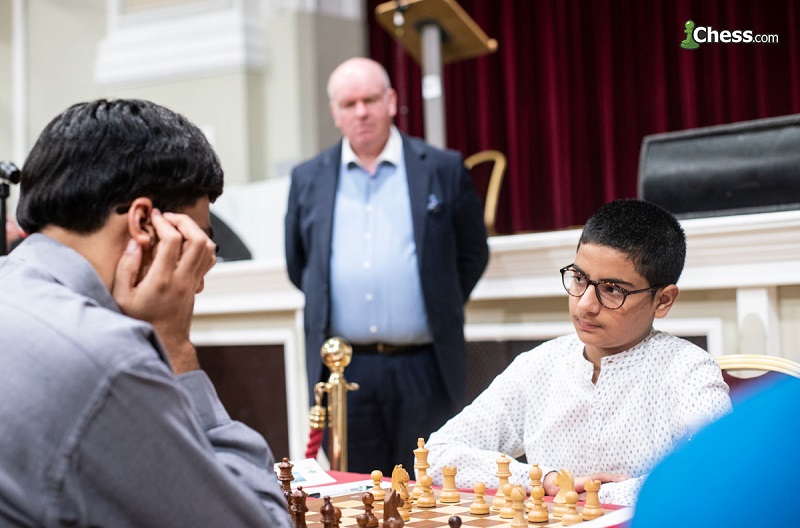


Chess News


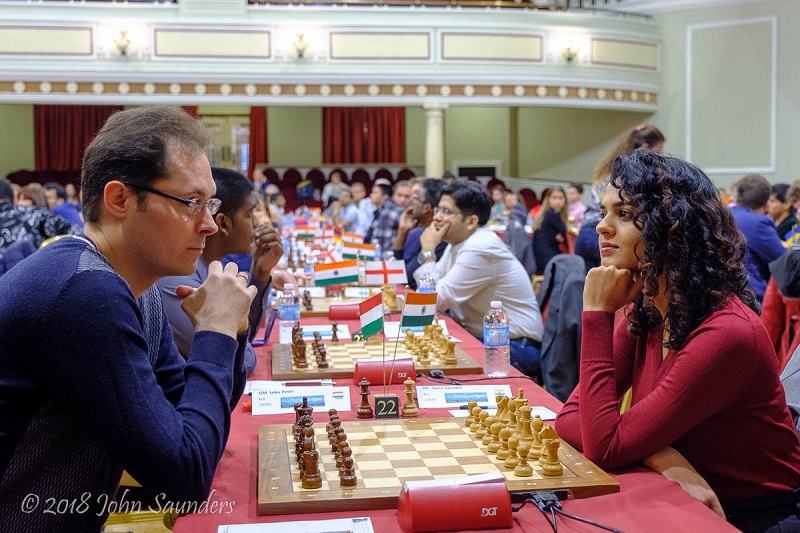
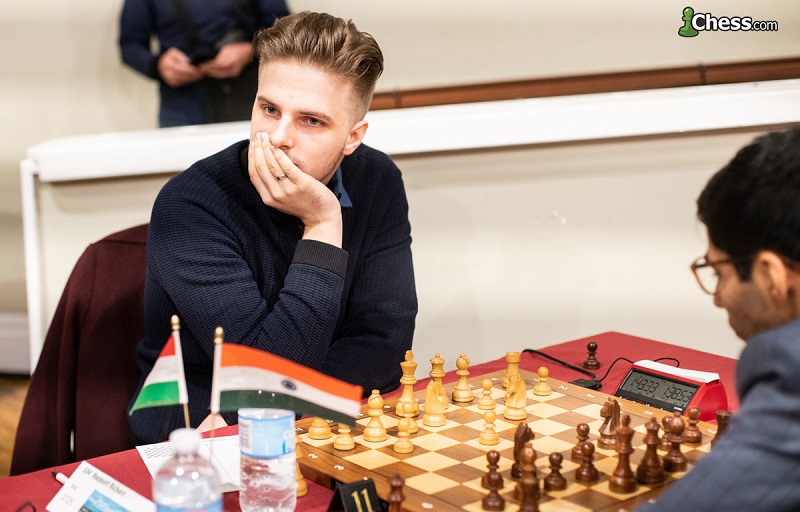
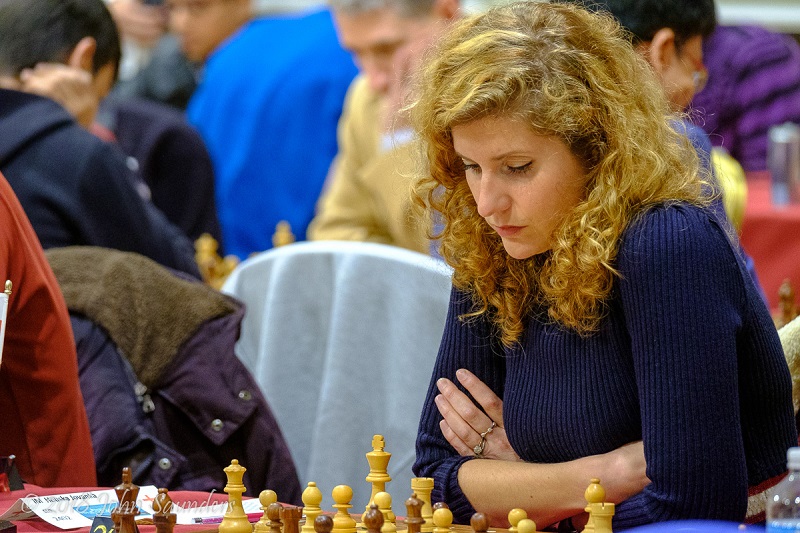
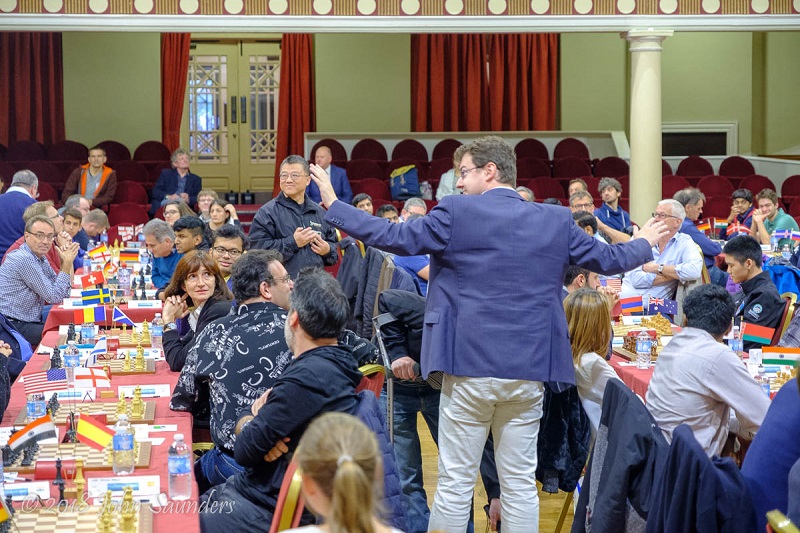

The chess scene in India keeps impressing. Recently, we have been swayed by the rise of young Indian players like Praggnanandhaa and Nihal Sarin, and now we have to add another name to the long list of talents from the southern-Asia country: Raunak Sadhwani. When Raunak was born, in 2005, his first-round opponent Vishy Anand had already — for example — become FIDE World Champion and won the traditional Wijk aan Zee tournament four times. That did not impede Sadhwani from playing his elder on equal terms.
In the game, the young man obtained a strong initiative with White, taking advantage of the vulnerability of Anand's king. A turning point in the game arrived in move 29, when Sadhwani missed a chance to convert his positional edge into a material advantage:
The youngster played 30.Na5, when 30.Nxe3 would have kept his advantage. It is true that it is usually advised not to exchange pieces when you have the initiative, but in this case a concrete variation justified the trade — after 30...Qxe3 Black cannot defend both attacked pawns on h7 and f6 with 31...Qe7, as 32.Re1 is winning. The move chosen by Sadhwani allowed Vishy to consolidate his position and find shelter for his king. In an already balanced position, the former World Champion showed his class:
White has just played the imprecise 35.Qh6, trying to avoid the black king from reaching the f8-square but also allowing 35...g5 36.f4 Qg6, when the queen exchange favours Black. Anand went on to win a pawn and grind a 74-move win. It was a close call for Vishy!
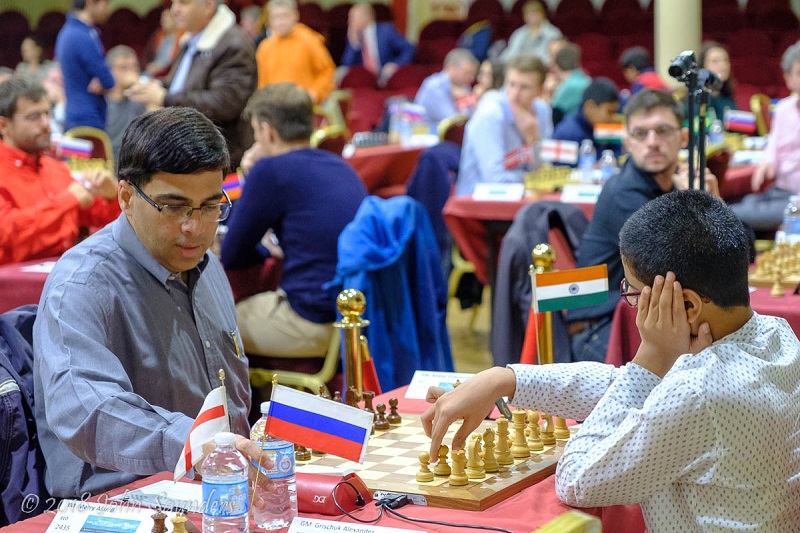
Vishy first survived and then won a very exciting struggle | Photo: John Saunders
Others were not in so much danger, but anyway did not manage to get a full point against very motivated rivals. In the first 24 boards, no less than 11 games finished drawn. Another example of the "Indian school of chess" power was seen on board four, where another former World Champion — Vladimir Kramnik — could not bring down Kidambi Sundararajan (not a youngster this time, as the Indian grandmaster is in his mid-30s). In their game, the queens were exchanged on move 54:
Two facts about Kramnik are well-known: 1) he is very strong in technical endgames and 2) he has an enormous fighting spirit. Therefore, it is no surprise that here, with Black, he pushed for a win in the opposite-coloured bishops endgame a pawn up until move 77, when the draw was unavoidable.
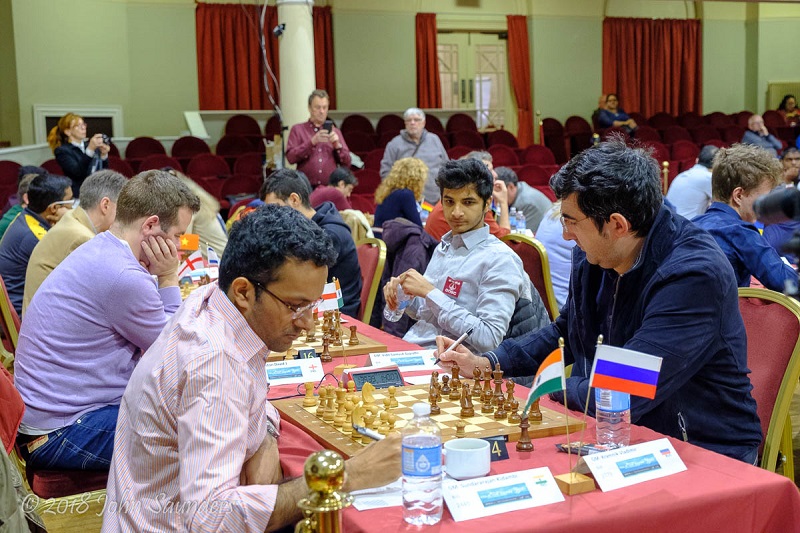
Kramnik tried hard but ended up with half a point anyway | Photo: John Saunders
The two biggest half-upsets that featured female players had a marital background — Alina Kashlinskaya drew second seeded Anish Giri, while her husband Radoslaw Wojtaszek could not beat Batkhuyag Munguntuul on board ten. In fact, the Polish grandmaster, who just came from grabbing silver with AVE Novy Bor in the European Club Cup, was a piece down against the Mongolian IM:
From this position, Wojtaszek managed to create threats on the dark squares until finally recovering a piece and actually forcing Munguntuul to go for a perpetual on move 56.
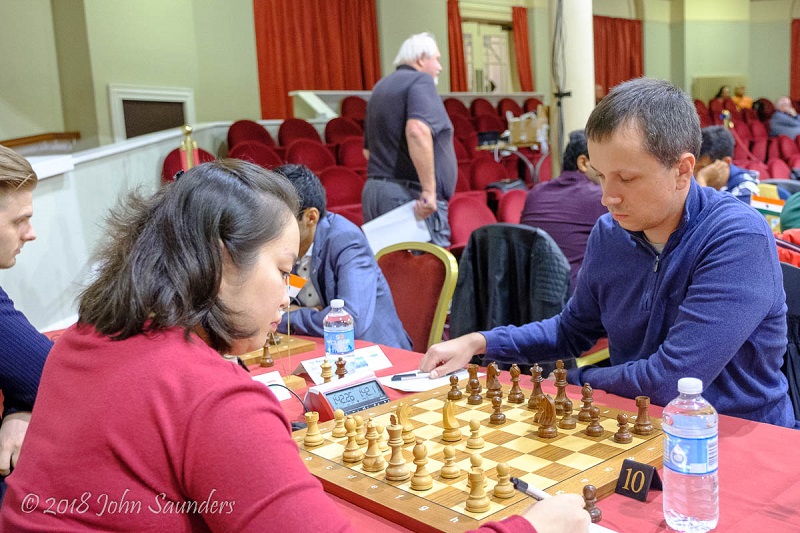
Munguntuul actually was in the driving seat against Wojtaszek | Photo: John Saunders
Meanwhile, Anish Giri looked on the bright side of things:
Solid start is important. #IOMchess
— Anish Giri (@anishgiri) 20 de octubre de 2018
Other top players that only got half-points in the first round were Wesley So, Hikaru Nakamura, Richard Rapport, Le Quang Liem and Michael Adams. It will definitely not be an easy ride for the top players!

All set to begin | Photo: Maria Emelianova / Chess.com